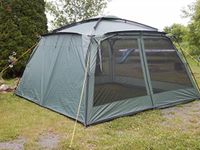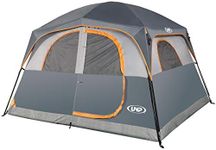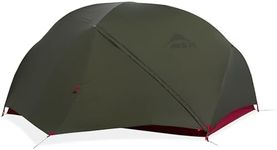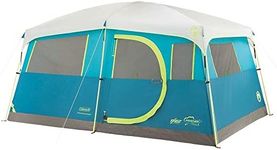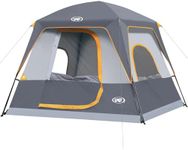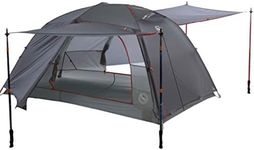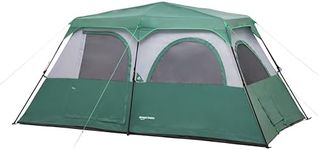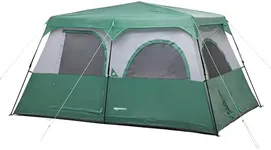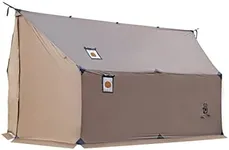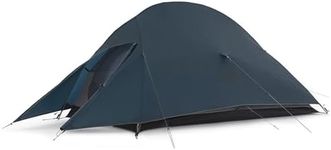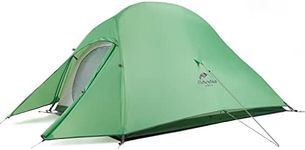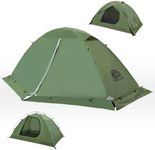Buying Guide for the Best Waterproof Tents
Choosing a waterproof tent is all about making sure you stay dry and comfortable during your outdoor adventures. The right tent will protect you from rain, wind, and even unexpected weather changes. When shopping for a waterproof tent, it's important to look beyond just the label and understand the features that truly make a tent reliable in wet conditions. By focusing on the key specifications, you can find a tent that matches your camping style, group size, and the environments you plan to explore.Waterproof Rating (Hydrostatic Head)The waterproof rating, often called hydrostatic head, measures how much water pressure the tent fabric can withstand before it starts to leak. This is usually given in millimeters (mm). Lower ratings (around 1000-1500mm) are suitable for light rain or occasional showers, while mid-range ratings (2000-3000mm) handle steady rain and are good for most camping trips. High ratings (above 3000mm) are best for heavy rain or harsh weather. If you camp in areas with unpredictable or heavy rain, go for a higher rating. For fair-weather camping, a lower rating may be enough.
Tent MaterialThe material of the tent affects both its waterproofness and durability. Common materials include polyester, nylon, and canvas. Polyester and nylon are lightweight and dry quickly, making them popular for most tents, but they may need extra coatings to be fully waterproof. Canvas is naturally water-resistant and very durable, but it's heavier and takes longer to dry. If you need a lightweight tent for backpacking, synthetic materials are best. For car camping or long stays, canvas can offer more comfort and longevity.
Seam SealingSeams are where pieces of fabric are stitched together, and they can be weak points for leaks. Seam sealing means these areas are treated or taped to prevent water from seeping in. Some tents come with fully taped or welded seams, while others may require you to seal them yourself. If you expect wet conditions, look for tents with factory-sealed seams for the best protection. For occasional use in dry weather, this may be less critical.
Rainfly CoverageA rainfly is an extra layer that goes over the tent to provide additional waterproofing. Full-coverage rainflies protect the entire tent, including doors and windows, while partial rainflies only cover the top. Full-coverage is best for heavy rain and windy conditions, while partial coverage can be fine for light rain and better ventilation. Choose based on the typical weather you expect and your need for airflow versus protection.
VentilationGood ventilation helps reduce condensation inside the tent, which can make things damp even if it’s not raining. Look for tents with mesh panels, vents, or windows that can be adjusted while keeping rain out. If you camp in humid or rainy areas, prioritize tents with smart ventilation features to stay dry and comfortable inside.
Floor DesignThe tent floor is another key area for waterproofing. Bathtub-style floors have edges that curve up the sides, preventing water from seeping in at ground level. Flat floors are more vulnerable to leaks if water pools around the tent. If you camp on wet ground or in rainy climates, a bathtub floor design is a safer choice. For dry, well-drained sites, this may be less important.
